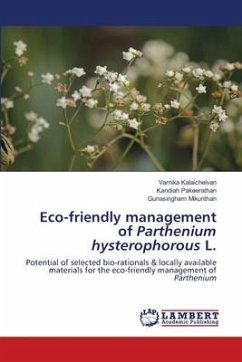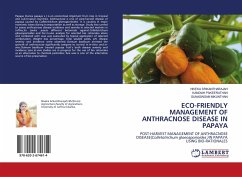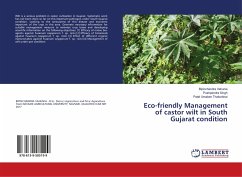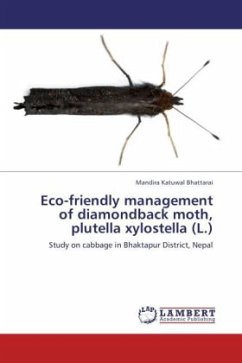Parthenium is a weed of global significance & successfully invaded many areas within short period of time.It is necessary to manage this problematic weed in time before spreading, because of its negative impact on ecosystem. Among the several methods available for controlling the Parthenium , the use of bio-rationals and allelopathic chemicals would be possible to replace the environmentally harmful synthetic herbicides and help for the eco-friendly management. Based on these problems, objectives of this works are to manage the Parthenium efficiently using bio-rationals & locally available materials under In-Vitro & field conditions & to evaluate the potential of Parthenium as substrate supplement on Oyster mushroom production. Different bio-rationals suppressed the growth of this weed. However, response was varied with plant species & concentrations.The T.indica pulp & C.tora leaf extracts showed 100 % mortality under In-Vitro condition. All the growth stages were susceptible at the salt solution of 25 % , whereas only rosette stage was susceptible for vinegar & sea weed solution . Less mycelial growth was observed when compared with control this shows the inhibitory effect.
Hinweis: Dieser Artikel kann nur an eine deutsche Lieferadresse ausgeliefert werden.
Hinweis: Dieser Artikel kann nur an eine deutsche Lieferadresse ausgeliefert werden.








